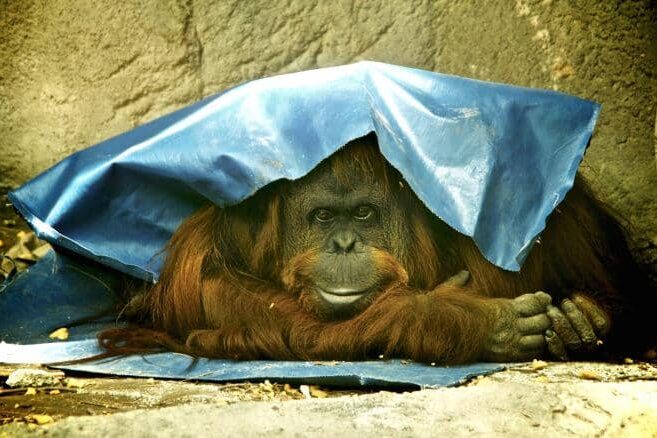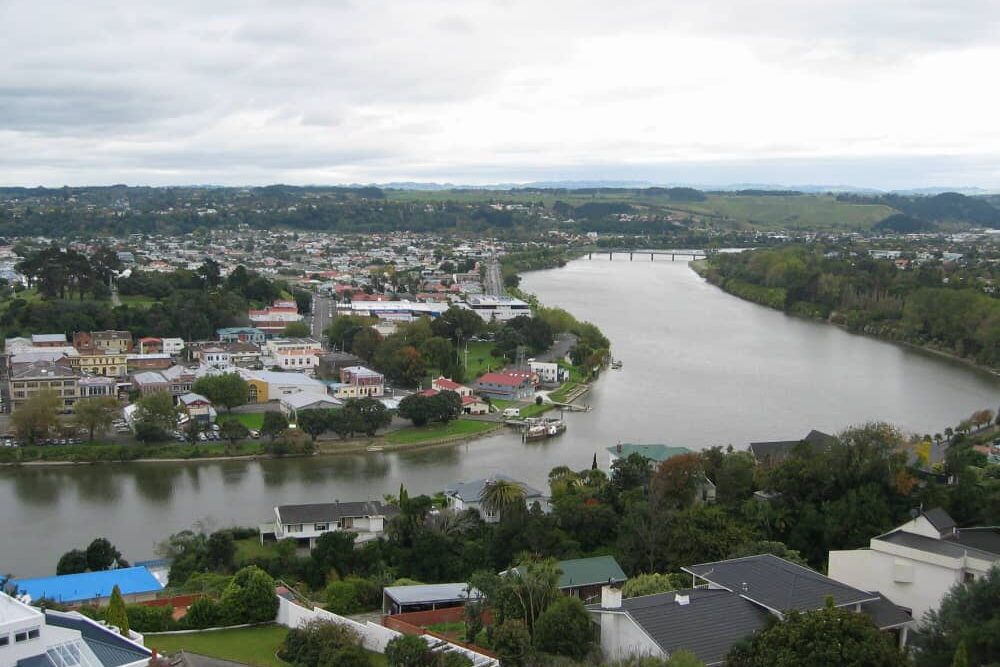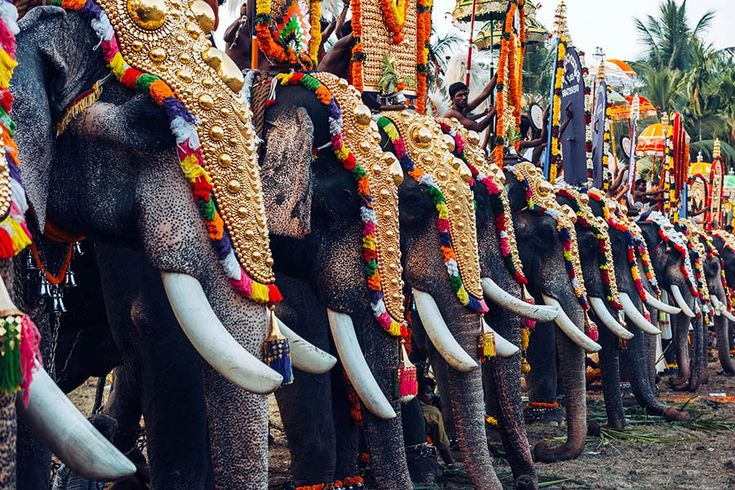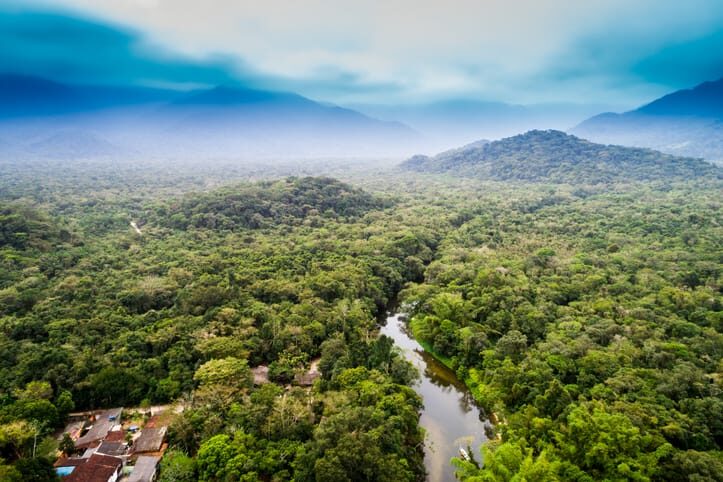1. Argentina’s Sandra the Orangutan

Sandra, an orangutan living in a Buenos Aires zoo, became the center of a groundbreaking court ruling in 2015. Judges recognized her as a “non-human person” who had been unlawfully imprisoned. The decision emphasized that she was entitled to freedom and dignity, not just humane care. Sandra was later moved to a sanctuary in Florida where she could live with more autonomy. The ruling drew international attention because it extended legal concepts of personhood and freedom to an animal, protections that many people in prisons or detention centers never experience.
2. India’s River Dolphins

In 2013, India declared the endangered Ganges River dolphin a “non-human person,” granting it legal rights to life and habitat. This decision meant that certain industrial projects along the river were halted to protect the dolphins, even when nearby communities continued to struggle with polluted water and poor infrastructure. The move highlighted a striking imbalance: while people lacked basic services, the dolphins were legally recognized and defended in court, showing how far conservation law can sometimes go compared to human welfare.
3. Lake Erie in Ohio

In 2019, Toledo residents voted to give Lake Erie and its surrounding ecosystem legal rights through the “Lake Erie Bill of Rights.” For a short time, lawsuits could be filed on behalf of the lake, giving its fish, waters, and habitats legal standing. The law was later overturned in court, but during its brief existence, Lake Erie had more direct legal power to fight pollution than many nearby communities had to protect themselves from environmental hazards. It was a striking case of nature gaining recognition over people.
4. New Zealand’s Whanganui River

The Whanganui River, sacred to the Māori people, was granted full legal personhood in 2017. This recognition allowed the river to have guardians who could act and sue on its behalf. As a result, developments and projects that threatened its ecosystem could be blocked or challenged. Yet for the Māori communities living nearby, equal recognition of their own rights and needs has often been slower to come, making the river’s protections stand out as stronger than those offered to many humans in the same region.
5. Switzerland’s Guinea Pigs and Goldfish

Switzerland is known for strict animal welfare laws, and in 2008 it took things even further. Social animals like guinea pigs cannot legally be kept alone, as loneliness is considered a form of cruelty. Round fishbowls are also banned because they are seen as harmful to fish. These laws ensure companionship and humane conditions for pets, while no such guarantees exist for human loneliness or overcrowded housing. In effect, guinea pigs and goldfish in Switzerland have rights to social well-being that aren’t always recognized for people.
6. Pakistan’s Court for Animals

In 2020, Chief Justice Athar Minallah of Islambad High Court in Pakistan ruled that animals are “living beings” with natural rights, including protection from harm and neglect. The language used was powerful, describing animals as deserving of care and freedom from cruelty. The ruling set a higher standard of legal protection for animals than what many vulnerable people in the same country could expect. While human cases of abuse or neglect often go unresolved, this judgment showed how the law sometimes recognizes animal suffering more readily than human hardship.
7. India’s Elephants in Kerala

Captive elephants have long been part of religious festivals in Kerala, but in several rulings, Indian courts declared that these elephants had legal rights to be free from cruelty. In some cases, elephant welfare was prioritized over tradition, forcing festival organizers to change practices or release mistreated animals. This legal protection went further than the rights of many human laborers in similar conditions, highlighting how cultural icons in animal form sometimes received stronger protections than people working alongside them.
8. Colombia’s Amazon Rainforest

In 2018, Colombia’s Supreme Court granted the Amazon rainforest legal rights, recognizing it as an entity that must be protected for future generations. The ruling forced the government to create plans against deforestation and pollution. While communities living near the forest often lacked clean water or healthcare, the Amazon itself gained legal standing that allowed its guardians to demand action in court. The decision showed how nature as a whole was sometimes given more weight in law than the everyday struggles of human populations.
9. Ecuador’s Rights of Nature

Ecuador became the first country in the world to include “rights of nature” in its constitution in 2008. This gave ecosystems legal standing in court, allowing judges to halt development projects that threatened rivers, forests, or endangered species. While environmental groups celebrated the victories, some human communities faced job losses or displacement as projects were blocked. The irony was that rivers and forests gained legal advocates, while people who lost livelihoods often had fewer protections under the same system.
10. Philippines’ Tubbataha Reef

The Tubbataha Reef, a UNESCO World Heritage site, is protected by some of the strictest environmental laws in the Philippines. Even minor boat damage can result in fines of millions of pesos, far harsher than penalties for crimes affecting people. This legal framework ensures the reef’s survival against tourism and fishing pressures, but it also highlights the imbalance: coral ecosystems received stronger legal backing than many struggling coastal communities living nearby, who continued to face poverty and weak protections for their own rights.
This story 10 Times Animals and Nature Had More Legal Rights Than the People Around Them was first published on Daily FETCH


